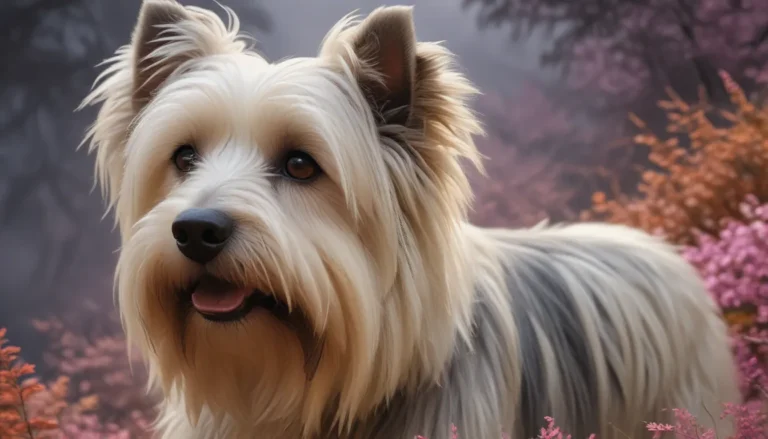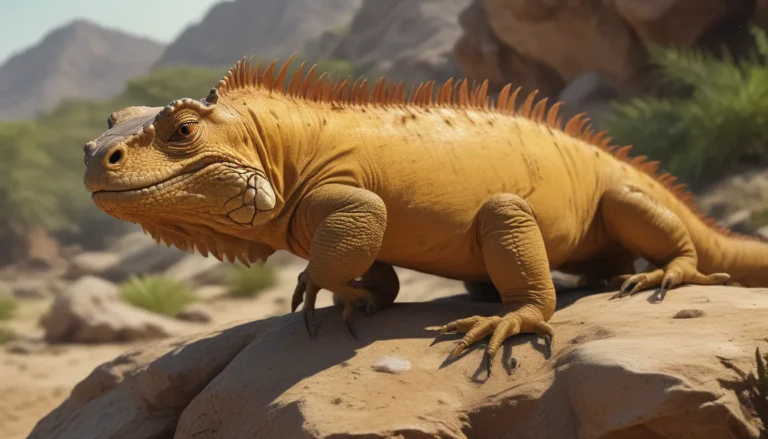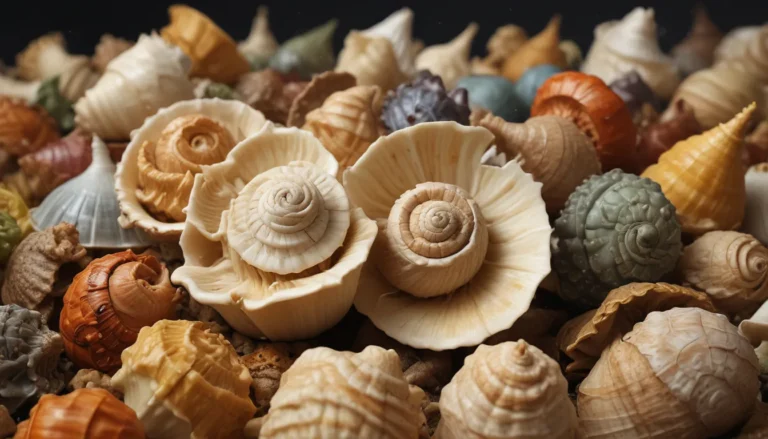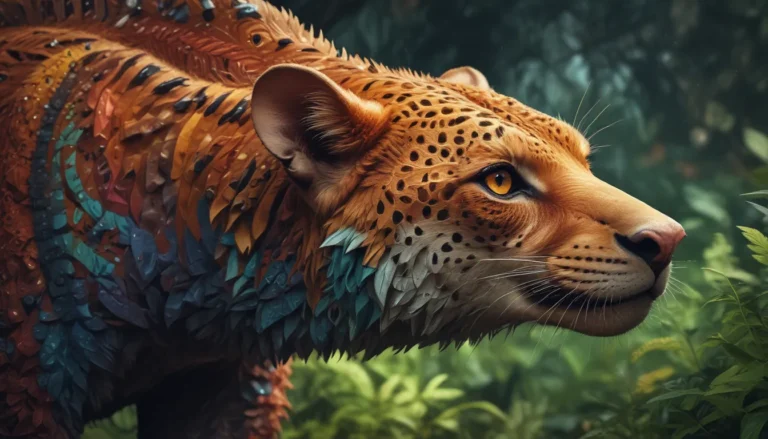The pictures we use in our articles might not show exactly what the words say. We choose these pictures to make you interested in reading more. The pictures work together with the words but don’t take their place. The words still tell you the important facts.
Welcome to the captivating world of the Monocled Cobra, a venomous snake renowned for its iconic appearance and deadly bite. As we delve into the fascinating realm of this species, we uncover a treasure trove of intriguing facts that shed light on its significance in the ecosystem. Join us on an exploratory journey as we unravel 16 captivating insights about this remarkable creature that roams the diverse landscapes of Southeast Asia.
The Enigmatic Monocled Cobra: Unveiling Its Mysteries
The Monocled Cobra, scientifically known as Naja kaouthia, belongs to the Elapidae family, standing out with its distinct feature of a single round scale or "eye-spot" on the back of its hood, hence its name. This striking snake calls Southeast Asia its home, inhabiting countries like India, Thailand, Myanmar, and Vietnam.
Unveiling the Key Takeaways
- The Monocled Cobra, with its monocled marking, is a venomous snake that commands both fear and admiration in Southeast Asia's wildlife.
- These cobras are nocturnal hunters with deadly venom, cultural significance, and conservation concerns, making them a captivating yet dangerous species to study and safeguard.
Delving Deeper: The Intriguing Facts About the Monocled Cobra
1. Deadly Venom
The Monocled Cobra boasts one of the most potent venoms among all snake species, containing neurotoxins that can induce paralysis, respiratory failure, and even death in its prey or potential threats.
2. Monocled Marking
A standout feature of the Monocled Cobra is the distinctive marking on the back of its hood, resembling a monocle. This marking serves as a warning display to intimidate predators or signal danger to threats.
3. Size Matters
With an average length of 4-5 feet, the Monocled Cobra falls into the category of medium-sized snakes. However, some individuals can reach impressive lengths of up to 7 feet, adding to their formidable presence.
4. Habitat Range
These cobras exhibit a wide distribution across Southeast Asia, spanning countries like India, Nepal, Bangladesh, Myanmar, Thailand, and Indonesia. They thrive in diverse environments, including forests, agricultural areas, and urban settings.
5. Adaptability
Monocled Cobras showcase a high level of adaptability, thriving in various habitats such as grasslands, swamps, and even rice fields. Their presence near human settlements hints at their flexibility in seeking out food sources like rodents and frogs.
6. Venomous Bite
Encountering a Monocled Cobra's bite can lead to life-threatening consequences due to the neurotoxic venom's effects on the nervous system. Swift medical intervention is crucial to prevent severe complications.
7. Threat to Humans
Monocled Cobras pose a significant threat to humans in Southeast Asia, being responsible for numerous snakebite incidents. Their aggressive nature and potent venom present a danger, particularly in rural areas with limited access to antivenom.
8. Dietary Preferences
These cobras feed primarily on small mammals, birds, lizards, and other snakes. Their unique ability to consume prey larger than their own head stems from their flexible jaws and expandable skin.
9. Night Hunters
Preferring the cover of darkness, Monocled Cobras are mainly nocturnal hunters that rely on their excellent eyesight and heat-sensing abilities to locate prey efficiently.
10. Prolific Breeding
During the monsoon season, Monocled Cobras engage in breeding, with females laying up to 20-30 eggs at a time. The careful guarding of the eggs by the female ensures the safety and survival of the next generation.
11. Stealthy Behavior
Skilled in camouflage, Monocled Cobras adeptly blend into their environment to remain undetected. Their slithering movements and natural color patterns give them an edge in hunting and evading predators.
12. Vocal Communication
These cobras communicate through hissing and growling sounds produced by forcefully expelling air through their respiratory system. This vocal display serves as both a warning to threats and a means of asserting dominance.
13. Cultural Symbolism
In Southeast Asian cultures, the Monocled Cobra holds cultural significance, featuring prominently in folklore, mythology, and traditional ceremonies. It symbolizes both fear and respect for its power and beauty.
14. Conservation Concerns
The Monocled Cobra population faces threats from habitat loss, pollution, and human-inflicted harm. Conservation efforts are essential to safeguard this species and maintain the delicate balance of their ecosystems.
15. Scientific Research
Scientists are actively studying the venom of Monocled Cobras to develop antivenom and explore potential medical applications. The unique properties of their venom show promise in areas such as pain management and neurological disorder treatment.
16. Fascination in Captivity
Due to their captivating appearance and intriguing behaviors, Monocled Cobras find themselves in captivity under the care of herpetology enthusiasts and reptile collectors. Proper handling and expertise are required to ensure the safe interaction with these venomous snakes.
Embracing the Monocled Cobra’s Wonders: A Call to Conservation
The Monocled Cobra emerges as a compelling species with its deadly venom, striking markings, and captivating behaviors. Understanding these characteristics and behaviors plays a crucial role in both preserving this species and ensuring our safety. By respecting their natural habitats and engaging in conservation efforts, we contribute to the protection of these creatures for future generations.
Unraveling More Mysteries: FAQs About the Monocled Cobra
Q: How venomous is the Monocled Cobra?
A: The Monocled Cobra boasts highly potent venom with neurotoxic properties that can lead to respiratory failure and paralysis if left untreated.
Q: Are Monocled Cobras aggressive towards humans?
A: While generally shy and avoiding human contact, Monocled Cobras can turn aggressive and deliver a powerful bite if they feel threatened.
Q: Where is the Monocled Cobra found?
A: Native to South and Southeast Asia, the Monocled Cobra can be spotted in countries like India, Bangladesh, Myanmar, Thailand, and Indonesia.
Q: What is the average lifespan of a Monocled Cobra?
A: In the wild, the average lifespan of a Monocled Cobra is around 20 years, with potential for longer life spans in captivity.
Q: How does the Monocled Cobra defend itself?
A: When threatened, the Monocled Cobra raises its body, spreads its hood, and emits a loud hissing sound as a warning. If the threat persists, it can deliver a venomous bite with its fangs.
Exploring the enchanting world of the Monocled Cobra not only unveils the wonders of the animal kingdom but also underscores the significance of biodiversity conservation. By delving into the mysteries of these creatures, we gain a deeper appreciation for nature's intricacies and the imperative to protect and preserve species for the generations to come.
Embracing Wildlife Together: A Promise of Authentic Content
Our dedication to delivering reliable and engaging content forms the cornerstone of our mission. Each fact on our platform stems from contributions of real users, enriching our collective knowledge base with diverse insights and information. With meticulous editorial review processes in place, we uphold the highest standards of accuracy and authenticity, ensuring that the facts we share are not only captivating but also credible. Trust in our commitment to quality and authenticity as you embark on a journey of exploration and learning with us.
The allure of the Monocled Cobra beckons us to delve deeper into the marvels of our world. Through conservation efforts, we safeguard vulnerable species, securing their existence for generations to come. Immersing ourselves in the realms of wildlife grants us a glimpse into nature's astounding diversity and adaptations. Let us venture further into these captivating domains, expanding our knowledge of the extraordinary creatures that share our planet.






